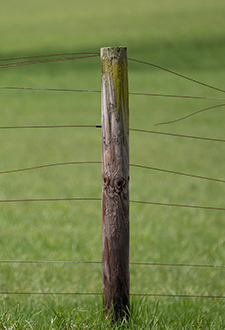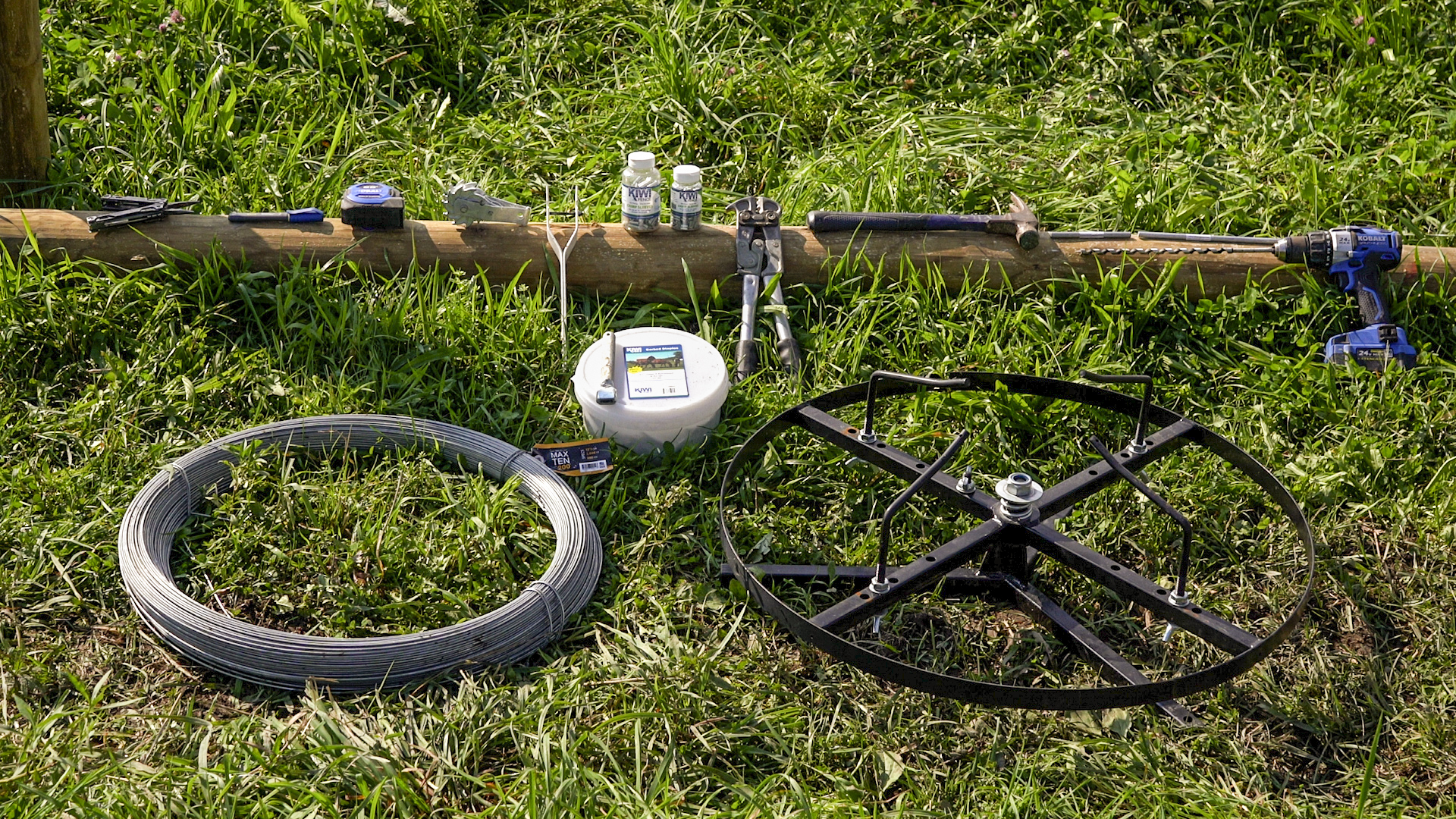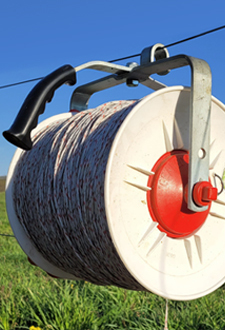BLOG
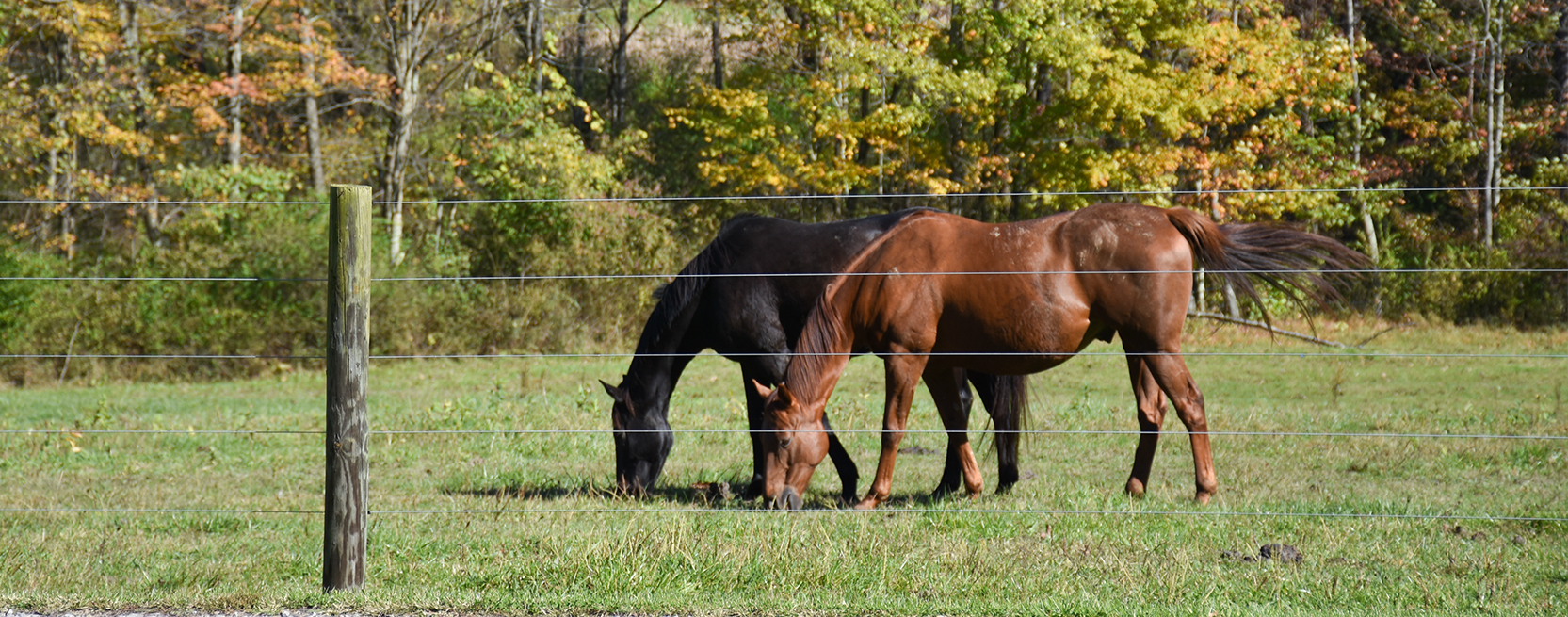
10 Most Common Electric Fence Problems, Part 2
In continuation to my previous post regarding common electric fence problems, here are two more issues to keep in mind.
#3 Lightning damage to a fence charger (Energizer): There is nothing more bothersome, than testing your fence the morning after a lightning storm and not getting a reading. Trying to outsmart Mother Nature can be almost impossible, but there are a few tricks. You cannot guarantee absolute lightning protection, but you can install safeguards such as surge protectors and lightning diverters to help avoid an expensive repair. Installing a lightning diverter on your fence is not easy, but will relieve stress during those brutal storms. The lightning diverter must have a separate ground bed 50’ from the energizer’s ground bed, with a minimum of one extra ground rod. Lightning (electricity) is always looking for a ground. Lightning diverters simply divert the lightning to ground before it reaches the energizer. However, lightning diverters are not 100% of the fix. There are a lot of fence chargers on the market that offer a warranty that includes lightning damaged. Kencove offers a low-impedance energizer line with a 3 year warranty that includes lightning damage. If your energizer gets struck you can merely box up the pieces and send it to Kencove’s energizer repair station. As long as the energizer was purchased from Kencove and is under warranty, Kencove is obligated to fix the fence charger or send you a brand new unit. Dean (Kencove’s Energizer Doctor) repairs all makes and models of fence chargers purchased from all farm stores. It is helpful to have a backup fence charger to use while the damaged unit is getting repaired. Kencove offers reconditioned energizers that would serve as excellent backup units in case of lightning damage. While there is no way to completely avoid a lightning strike, we can be prepared.
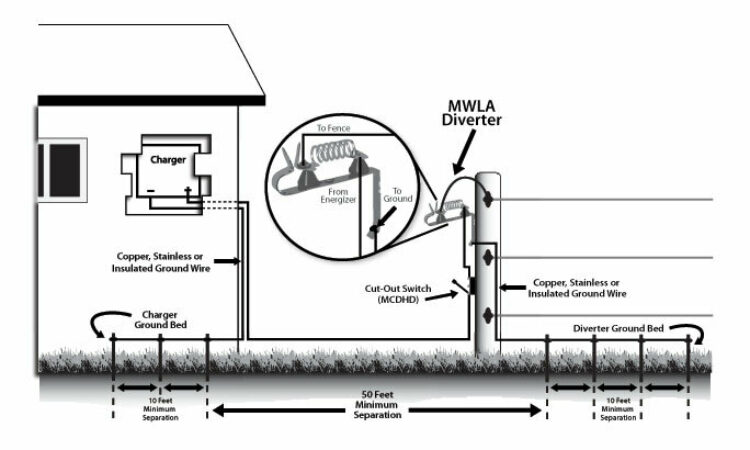
#4 Bad Connections: How many times have you walked your fence line and not been able to find the source of power leakage? Sometimes it is not always obvious, and you must look very closely at your wire connections. The best way to find a faulty connection is to use a voltmeter and test each side of the connection. If the voltage decreases on one side of the connection, you have found the problem. This connection will need fixed or replaced. Connections can fail for a number of reasons; crimp sleeves crimped improperly or loosely, a hand knot that is making poor connection, rusty wires, or corrosion. Be sure to focus on wire connections when building or fixing your electric fence, proper connections are essential to the flow of electricity.

Fastlok Crimp Sleeves Gripple Quik-Splice
Tried these tips and still having issues? Check back for more tips and tricks to keep your fence healthy!




